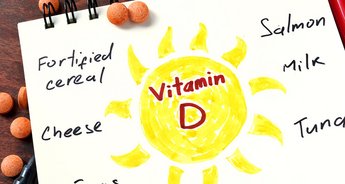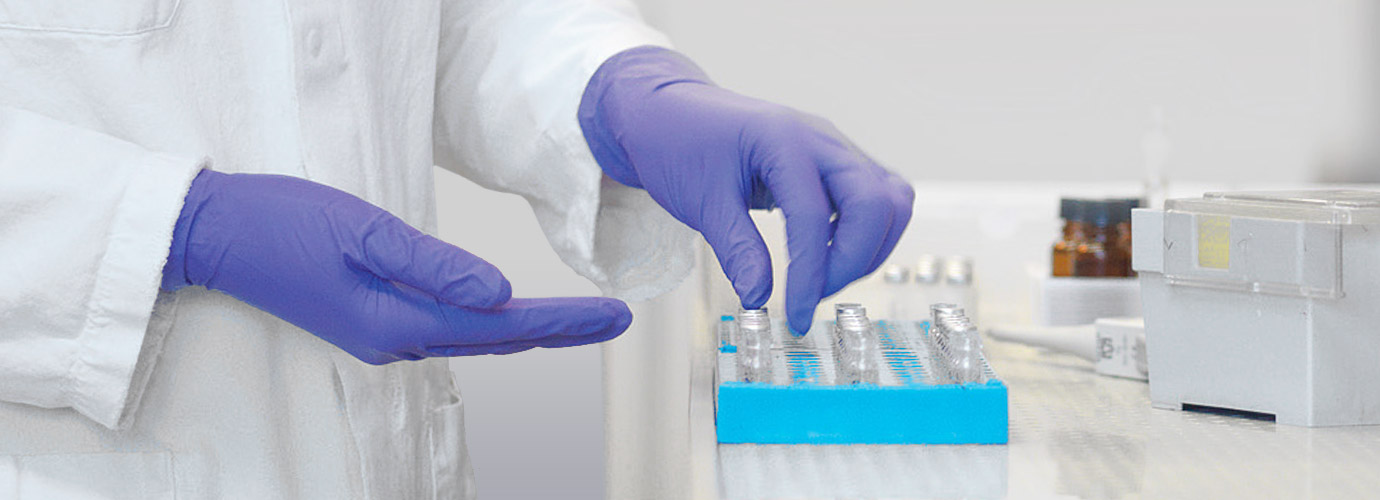Vitamin D levels: Vitamin D intake from diet

05.2019
summarised by Dr. Stephanie Ruf, nutritionist
Vitamin D levels in the body mainly depend on skin exposure to solar radiation. With About 10%, nutrition only makes a small contribution to vitamin supply (DGKJ 2018).
A recent study from Japan suggests that, due to the generally higher intake of fish (oily fish) in Japan, a better supply of liposoluble vitamin D could be observed. Additionally, Japan’s geographic location at 35° N latitude provides lots of sunshine.
The study documented both the diet and time spent outside of 600 Japanese children aged between 3 and 6 years old. Despite the high fish intake, 30% of children had insufficient vitamin D levels (<20 ng/ml) and the mean serum 25-hydroxy cholecalciferol (25[OH]D) concentration was 23.5 ng/ml (SD 6.1) (Ando et al. 2018).
A serum 25(OH)D concentration under 20 ng/ml (50 nmol/l) is deemed insufficient. The target level was set at 20 ng/ml (EFSA 2016, IOM 2010).
Recommendation: In general, the body is able to generate sufficient amounts of vitamin D throughout the summer months (April to September), if the child spends enough time outside (DGKJ 2018).
Recommended time spent outside during summer according to the German Society of Paediatrics and Adolescent Medicine (DGKJ) (skin type 2 and 3):
Between 10 a.m. and 3 p.m. expose head, forearms and legs to the sun twice a week for 5 to 30 minutes.
During the winter months (October to April), the UV index is too low for practical vitamin D generation and, north of the 51st parallel (e.g. in Berlin, Warsaw), no vitamin D is generated (Engelsen 2005).
This is why food is fortified with vitamin D in countries like Canada, Sweden or Finland.
However, this is not the case in Germany, which is why 36.1% of children and teenagers fall short of the recommended serum vitamin D concentration of 20 to 100 ng/ml. For the time being, no standard supplementation (with tablets) is recommended for healthy children in Germany during the winter (DGKJ 2018).
Studies, however, have shown that feeding vitamin D-fortified growing-up milk can considerably improve vitamin D supply during winter (Hower 2013).
References:
DGKJ (Deutsche Gesellschaft für Kinder und Jugendmedizin). Stellungnahme: Vitamin-D-Supplementierung jenseits des zweiten Lebensjahres. Monatsschr Kinderheilkd Apr 2018. (URL: https://doi.org/10.1007/s00112-018-0502-6)
EFSA (European Food Safety Authority). Joint explanatory note by the European Food Safety Authority and the UK Scientific Advisory Committee on Nutrition regarding dietary reference values for vitamin D. 2016.
IOM (Institute of Medicine, Food and Nutrition Board). Dietary Reference Intakes for Calcium and Vitamin D. Washington, DC: National Academy Press, 2010.
Ando E, Morisaki N, Asakura K et al. Serum 25-hydroxyvitamin D levels showed strong seasonality but lacked association with vitamin D intake in 3-year-old Japanese children. Br J Nutr. 2018 Nov; 120(9): 1034-1044.
Engelsen O, Brustad M, Aksnes L et al. Daily duration of vitamin D synthesis in human skin with relation to latitude, total ozone, altitude, ground cover, aerosols and cloud thickness. In: Photochem. Photobiol. Band 81, Nr. 6, 2005, S. 1287–1290.
Hower J et al. Vitamin D fortification of growing up milk prevents decrease of serum 25-hydroxyvitamin D concentrations during winter: a clinical intervention study in Germany. Eur J Pediatr, Vol. 172 (12): 1597-1605; 2013.


